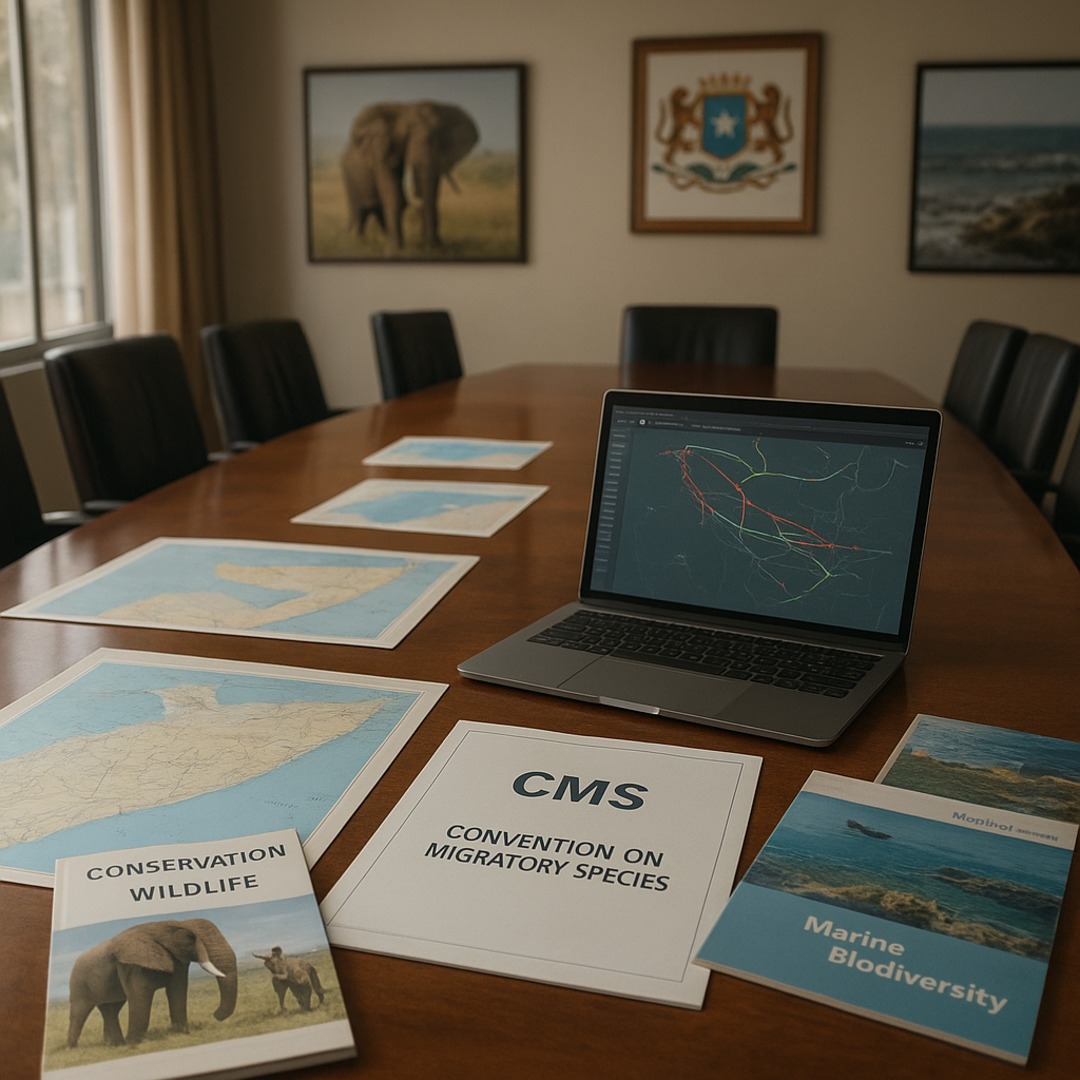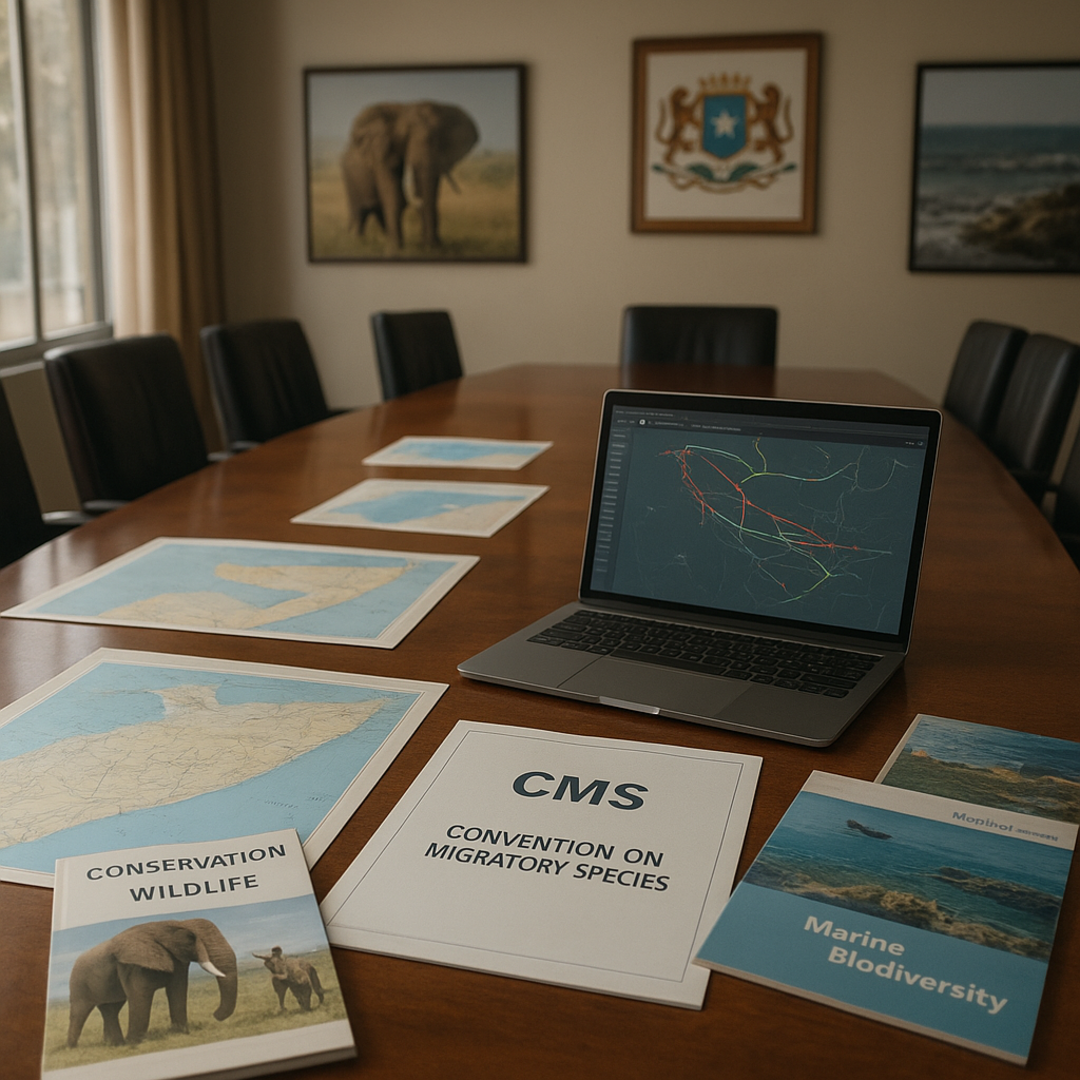Food insecurity in Somalia is driven by a complex mix of climate change and ongoing conflict, exacerbating the already fragile situation in the country.
Somalia has not known peace for more than three decades since the early 1990s when it experienced civil war. In the past 10 years or so, it has grappled with terrorism courtesy of groups such as Al-Shabaab and ISIS among others. Inter-clan conflicts are also quite frequent around the country.
Climate Change Impact
Droughts and Floods
Somalia experiences frequent and severe droughts, followed by occasional floods. These extreme weather events, linked to climate change, severely affect agricultural productivity, water availability, and livestock survival, which are the main sources of food and income for many Somalis.
Desertification
Land degradation due to desertification, driven by climate change and unsustainable land use, reduces arable land, further limiting food production.
Erratic Rainfall
Unpredictable rainfall patterns disrupt planting and harvesting cycles, leading to poor crop yields and food shortages.
Conflict and Insecurity
Displacement
Ongoing conflict, particularly with the militant group al-Shabab, forces many people to flee their homes, abandoning their farms and livestock. Displacement disrupts food production and access, pushing more people into food insecurity.
Access to Aid
Insecurity hampers the delivery of humanitarian aid to those in need, especially in regions controlled by or contested with militant groups.
This limits the ability of international organizations to provide food assistance and support to vulnerable populations.
Market Disruptions
Conflict disrupts local markets, affecting the availability and affordability of food. It also impacts trade routes, making it difficult to transport food from surplus to deficit areas.
Combined Effect
The interaction between climate change and conflict creates a vicious cycle. Drought and resource scarcity can fuel conflict over resources like water and grazing land, while conflict exacerbates the impacts of climate change by displacing people and destroying infrastructure critical for food production and distribution.
Response and Adaptation
Addressing food insecurity in Somalia requires a multi-faceted approach, including:
Climate Adaptation
Enhancing resilience to climate change through improved water management, drought-resistant crops, and sustainable agricultural practices.
Conflict Resolution
Strengthening peacebuilding efforts to reduce conflict and improve security, which is essential for stabilizing food production and access.
Humanitarian Assistance
Ensuring uninterrupted access to humanitarian aid and improving the effectiveness of food distribution in conflict-affected areas.
Development Support
Investing in long-term development initiatives to build self-sufficiency, such as infrastructure development, education, and economic diversification.
The situation remains dire, with millions of Somalis at risk of hunger and malnutrition. Coordinated efforts by the Somali government, international organizations, and local communities are critical to addressing these challenges.





